You can take a Bengali out of Bengal, but clearly not Mishti – sweets, out of a Bengali!
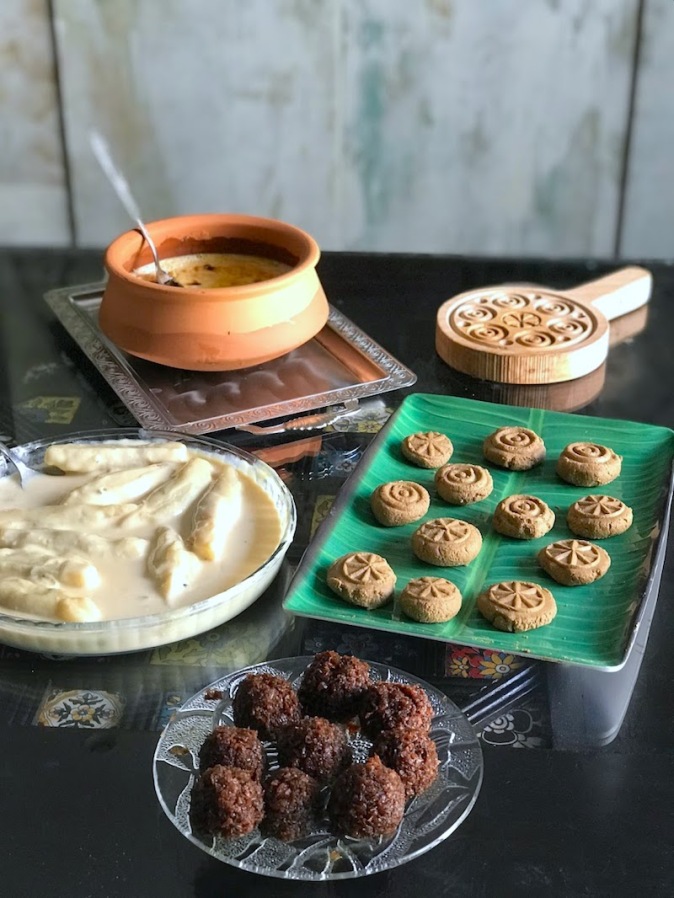
Shubho Noboborsho to all of you! Today was a working day and since everybody is either working or studying from home these days, I thought of keeping the Noboborsho lunch menu simple, but special. Li’l Z loves the Bengali prawn delicacy – Chingri Maacher Malaikari and Big Z longed for Bhapa Mishti Doi – steamed sweet yoghurt. She makes me feel quite special every time she declares that I make the best mishti doi in the world, although I must admit that it’s not a traditional recipe but a tweaked one. I decided to make two different preparations for prawns – a malaikari, cooked in coconut milk and a spicy Shorshe Chingri Bhapa. In the latter preparation, the prawns are delicately steamed in mustard paste and green chillies, raw mustard oil poured on top. In addition to the above dishes, I felt it would be pretty fair to have another mishti since it was after all, the Bengali New Year. You can take a Bengali out of Bengal, but clearly not mishti out of a Bengali. On that note, I was pretty bemused with this news from back home – amidst the country wide lockdown, sweetshops have been given permission to keep open for four hours in West Bengal to cater to the Bengalis’ sweet cravings!
We decided on making Dudh Puli, rice flour dumplings with coconut-jaggery filling… all deliciously dunked in a thickened kheer. As it always does in our kitchen (#gratitude), one sweet led to the other. There was extra filling for the pulis, so that led to some Narkel Narus, the coconut-jaggery truffles. There was extra Gur or jaggery, so I thought, well … why not make some Makha Gurer Shondesh too? I am sharing the recipe – it’s not too sweet and pretty easy to make. Made from fresh homemade chhena (cottage cheese), this shondesh is called makha because it is kneaded until it’s soft. If you have shondesh moulds at home, they make pretty shapes too. From my precious kitchen collectibles, I used a special wooden mould that is used in this part of the world (Middle East) for making Ma’amouls. Ma’amouls are very popular here – pastry with date fillings inside and are decorated by hand or shaped by wooden moulds. Well, isn’t that an inspiring take of my Makha Shondesh on Ma’amoul moulds?
May only good memories and amazing things spill out from the magic hat at all times to sweeten your lives, no matter what!
Unblogging it all… Ishita
You may like trying out some Bengali sweets: Moong Daaler Payesh or Yellow Lentil Pudding Bhapa Mishti Doi Notun Gurer Payesh Shondesh/Sandesh Pudding
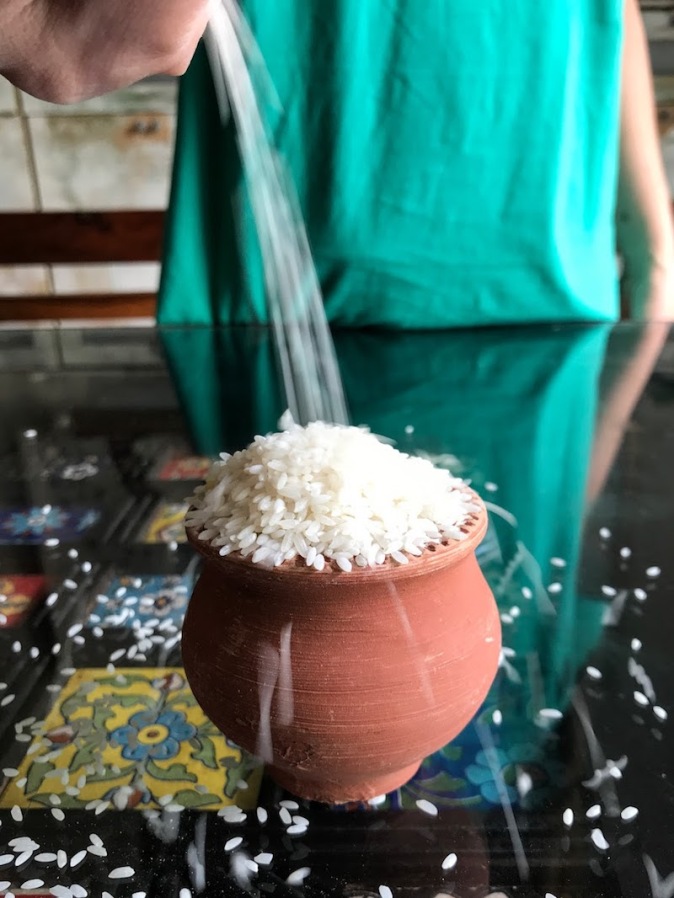
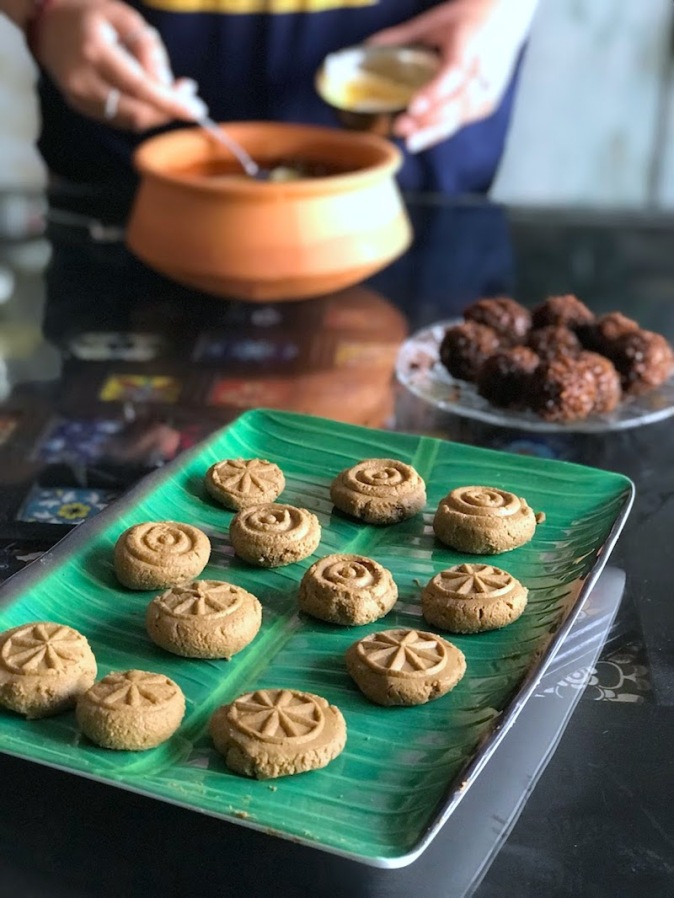
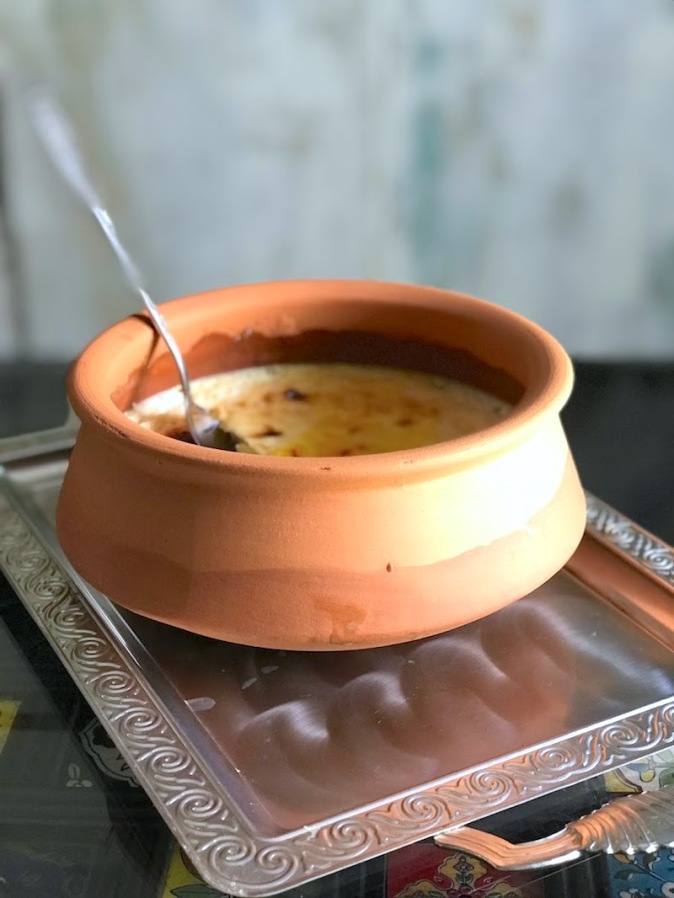
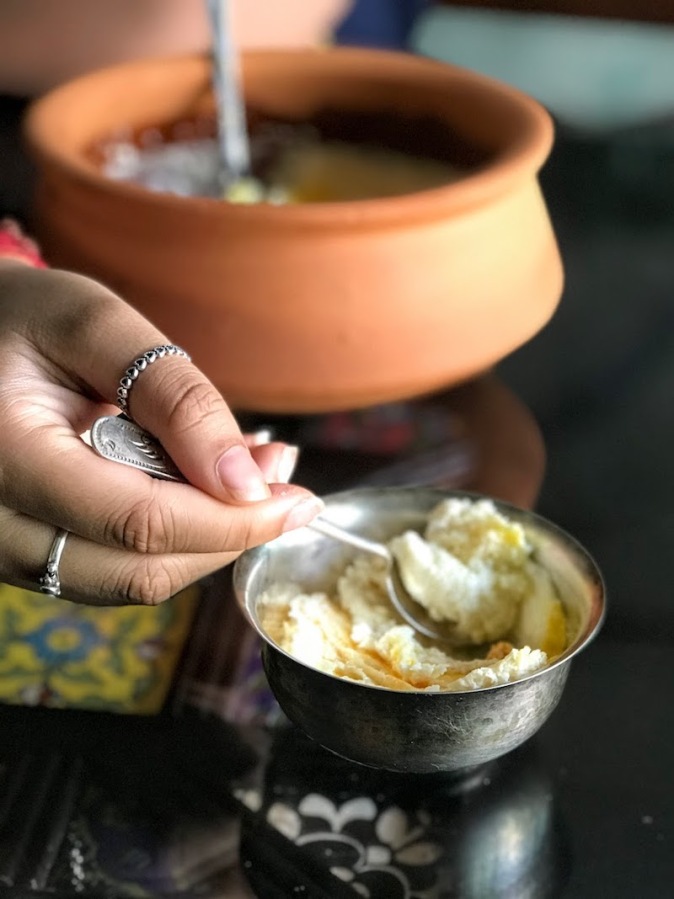
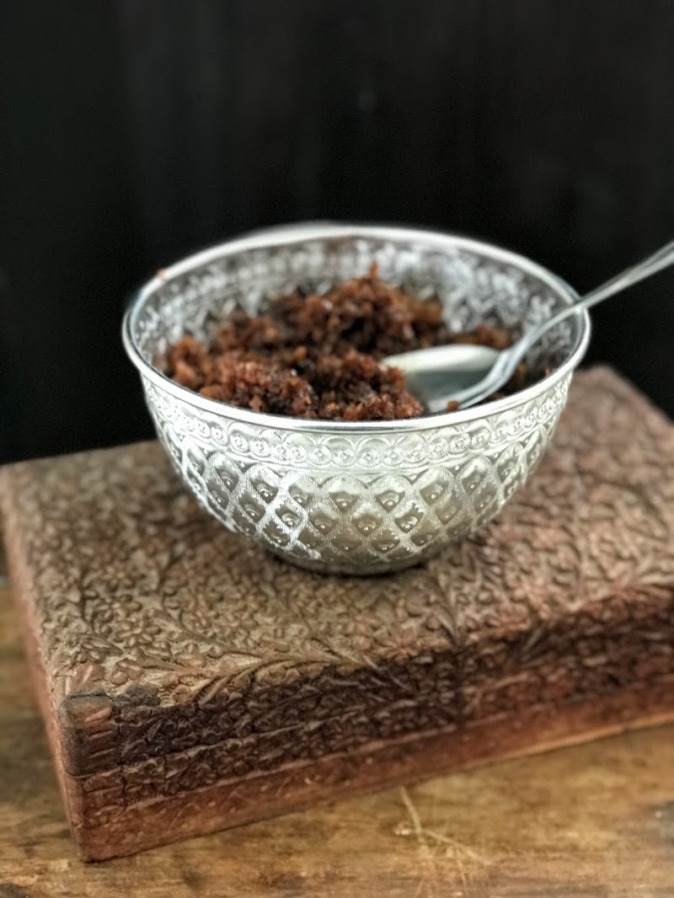
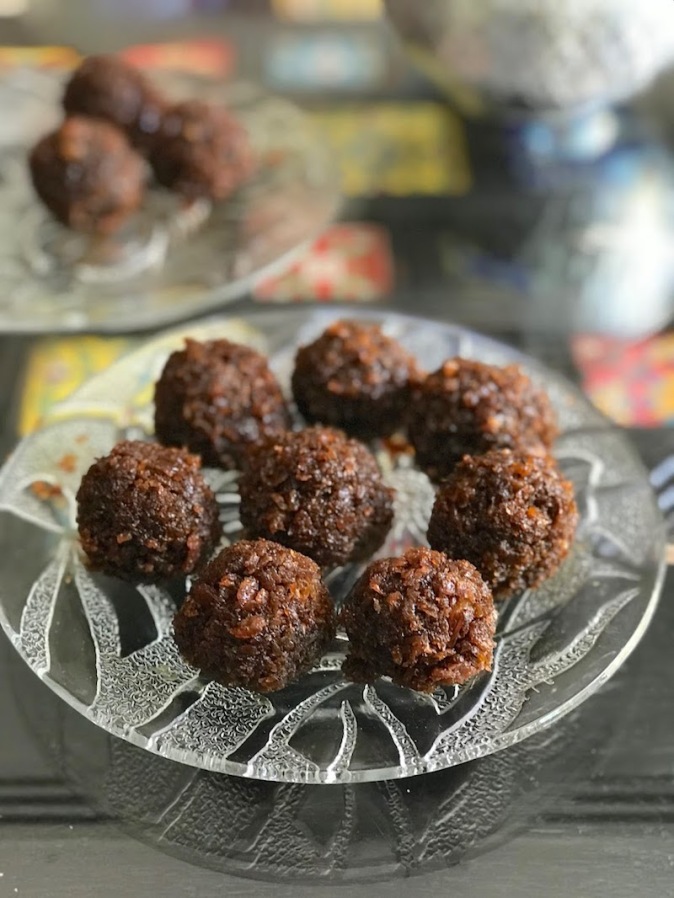
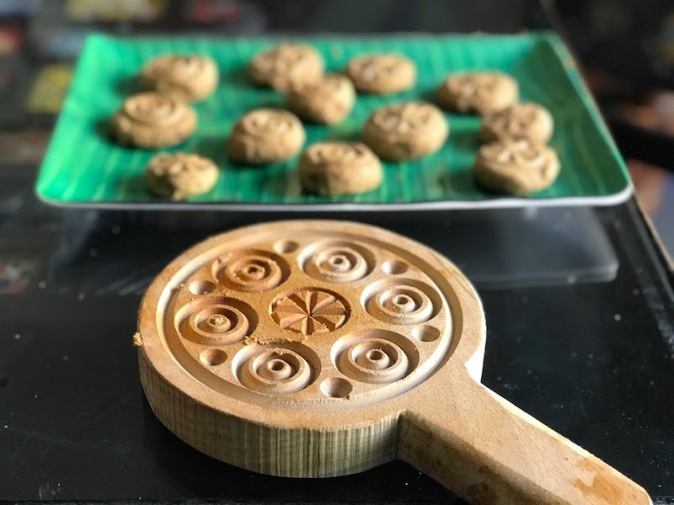
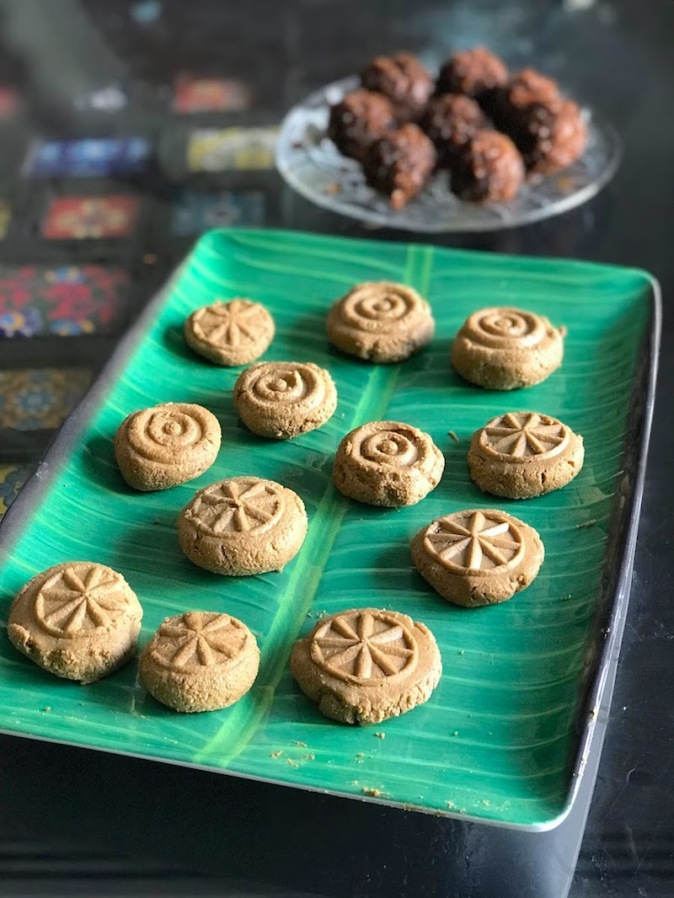
1 litre full fat cow’s milkMakha Gurer Shondesh
Ingredients
1 lime, squeezed into juice
100 gms date palm syrup (these are readily available in supermarkets here. Traditionally, however, season fresh nolen gur is used and I too prefer to use the latter if its available)
½ tsp of rice flour (you can use flour)
½ tsp of cardamom powdered, preferably crushed from fresh cardamoms
1 tsp ghee to brush the surface of the mouldMethod
The internet today is overloaded with information on COVID-19, do read and absorb whatever is necessary and adhere to the tips and advices that the respective authorities of your country of residence are sharing with you.
Thank you for joining me on my daily food and travel journey on Pinterest, Instagram, Facebook and Twitter!
Disclaimer: This isn’t a sponsored post, nor are there any affiliated links for any of the brands that may have been mentioned in this blogpost. The subject, story, opinions and views stated here are my own and all images are from my personal album. While you enjoy reading my posts with lot of visuals, please do not use any material from these posts.






Really enjoyed reading your post.. you have become a pure Bengali Sweet professional..the mishtis in the pictures looked so real and delicious…
May 1427 be full of happy and pleasant surprises..
Let’s wait for more Food blogging from you Chotai..Cheers!
LikeLike
Shubho Noboborsho Mashi! You are too sweet and have always been so. Yes, I am excited to revive the classical blogging this year as the blog has always been a very special space. You stay safe and take lots of care … and I always miss your spread. You are my Luchi Grand Dame forever!
LikeLike
Pingback: Finally calling Chennai home – IshitaUnblogged